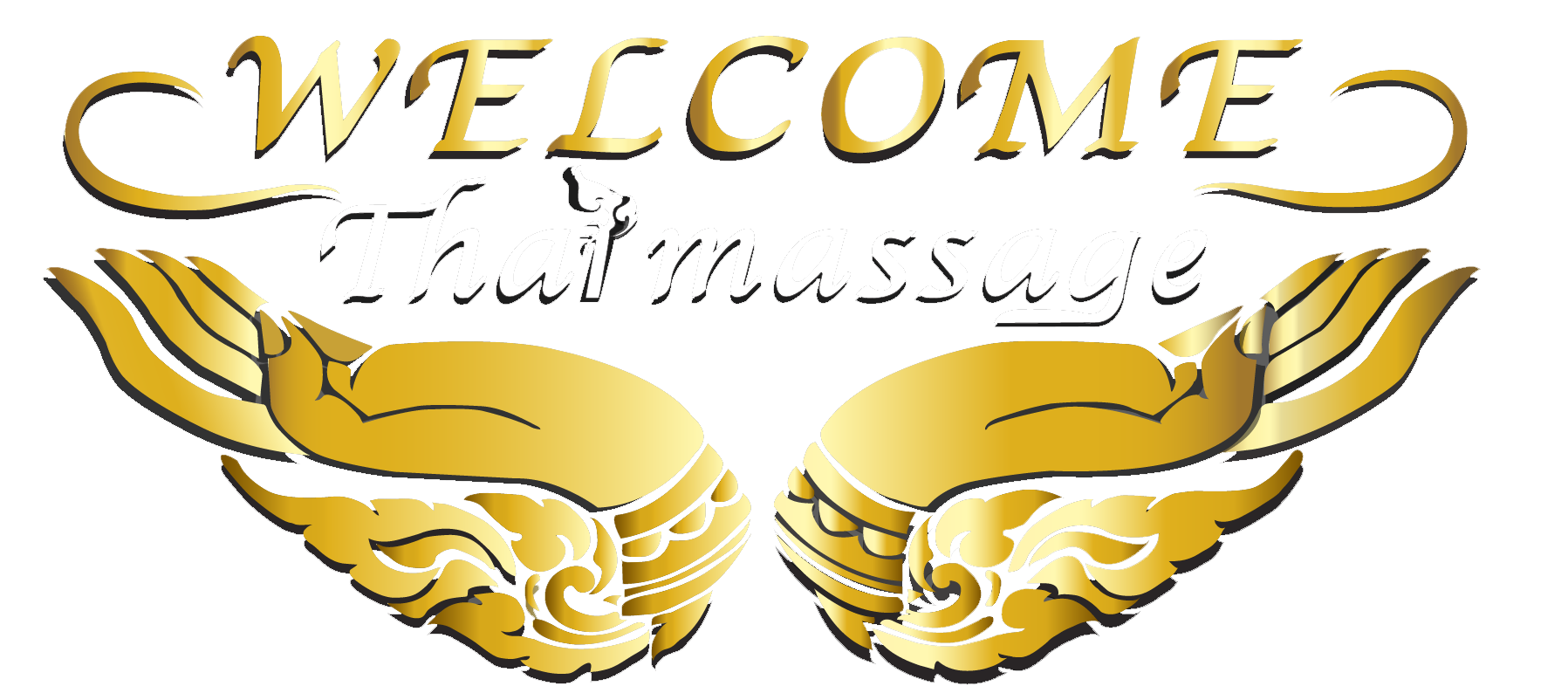In our increasingly fast-paced world, the concept of “wellness” has evolved beyond simple absence of illness. It has become a proactive pursuit—a dedication to optimizing both physical and mental well-being. This pursuit often involves seeking out targeted therapies, like the deeply restorative practices found in traditional Thai massage, while simultaneously managing the complexities of daily life, from managing personal projects to sourcing quality goods.
True holistic wellness requires a balanced approach. It’s not just about what happens during a dedicated hour of treatment; it’s about how we integrate self-care into our everyday routines and how we utilize reliable resources to support our lifestyle choices. Let’s delve into how focusing on physical restoration complements the broader goal of living a more integrated and mindful life.
The Foundational Role of Physical Restoration in Daily Performance
Our bodies are the primary vehicles through which we experience the world. When they are strained, tight, or fatigued, every other aspect of life suffers—concentration dips, mood sours, and even simple tasks become monumental efforts. This is where targeted physical therapies become not a luxury, but a necessity.
Consider the profound impact of practices like Thai massage. This ancient healing art combines acupressure, Indian Ayurvedic principles, and assisted yoga postures. It works to unlock energy pathways (Sen lines), release deep-seated muscular tension, and improve flexibility. The benefits extend far beyond the immediate feeling of relaxation:
- Improved Circulation: Enhanced blood flow delivers more oxygen to muscles and organs, aiding recovery.
- Stress Hormone Reduction: Physical manipulation can significantly lower cortisol levels, promoting a calmer nervous system.
- Enhanced Range of Motion: Regular sessions combat the stiffness caused by prolonged sitting or repetitive movements common in modern work environments.
When the body feels aligned and free from chronic tension, our mental clarity improves. This improved baseline allows us to tackle general life management—be it complex professional tasks or personal development goals—with greater focus and energy. It creates the necessary physical foundation for mental resilience.
Integrating Wellness into the Everyday Digital Landscape
While dedicated physical sessions provide acute relief, maintaining wellness requires consistent attention to our environment and the items we interact with daily. Modern life demands that we often source information, tools, and products online. Navigating this digital landscape efficiently is key to reducing cognitive load and supporting our well-being goals.
We seek efficiency in everything, from scheduling appointments to finding the right supplements or personal care items. The modern consumer values transparency, quality, and convenience. When we are actively investing in our physical health—perhaps through regular bodywork or fitness routines—it naturally follows that we want to apply the same high standards to the products we use to maintain ourselves outside of those dedicated sessions.
This principle applies across various aspects of life, whether you are researching the best ergonomic chair or looking for high-quality personal grooming products. Seeking out reputable sources saves time and ensures that the items supporting your daily routine truly align with your commitment to quality living. For instance, when exploring reliable sources for high-quality general products that enhance your daily routine and presentation, exploring options available through established online retailers can be highly beneficial. We suggest looking into the diverse offerings available at carigar.in, which offers a range of general interest items that support a well-managed lifestyle.
The Mind-Body Connection: Stress Management Beyond the Massage Table
The connection between mental state and physical manifestation is undeniable. Chronic stress often presents as tension in the neck, shoulders, and lower back—precisely the areas targeted during therapeutic massage. Therefore, managing stress proactively is as important as the treatment itself.
Effective stress management involves building a toolkit of coping mechanisms that can be deployed throughout the day:
- Mindful Breathing Exercises: Taking just 60 seconds to focus purely on the breath can reset the autonomic nervous system.
- Movement Breaks: Incorporating short stretching routines or brief walks to counteract sedentary periods.
- Digital Detox Windows: Setting aside specific times daily where screens are minimized to allow the mind to rest from constant input.
- Prioritizing Sleep Hygiene: Ensuring the body has adequate time for cellular repair—the same repair process that deep tissue work encourages.
When these daily practices are employed, the benefits of physical therapies like Thai massage are amplified and sustained. The treatment helps release the immediate physical holding patterns, while daily routines prevent those patterns from immediately reforming.
Optimizing Your Environment for Sustained Health
Our physical environment significantly impacts our general well-being. A cluttered, chaotic, or unsupportive home or workspace drains energy and contributes to mental fatigue, counteracting the restorative effects of self-care practices. Optimizing your surroundings is a crucial, yet often overlooked, component of holistic health.
This optimization doesn’t necessarily mean major renovations; it often involves thoughtful curation. Think about the items you interact with most frequently. Are they functional, aesthetically pleasing, and sourced ethically or responsibly?
Key Areas for Environmental Review:
When focusing on general improvements to your daily life setup, consider these areas:
- Lighting: Utilizing natural light where possible, or investing in full-spectrum bulbs that mimic daylight.
- Air Quality: Introducing air-purifying plants or using quality air filtration systems.
- Personal Tools: Ensuring that everyday items, from writing instruments to personal care accessories, feel good in the hand and perform reliably.
By addressing the broader context of our lives—our routines, our mental habits, and the quality of the objects surrounding us—we create an ecosystem where wellness can truly flourish. The dedicated time spent on physical rejuvenation, such as experiencing the benefits of a traditional Thai massage, becomes deeply embedded within a lifestyle that supports long-term vitality and performance.
Ultimately, achieving peak well-being is about smart integration. It’s recognizing that the pursuit of physical ease and the management of our general daily affairs are two sides of the same coin. By valuing high-quality resources and dedicating time to both rest and proactive management, we build a robust framework for a healthier, more engaged life.
